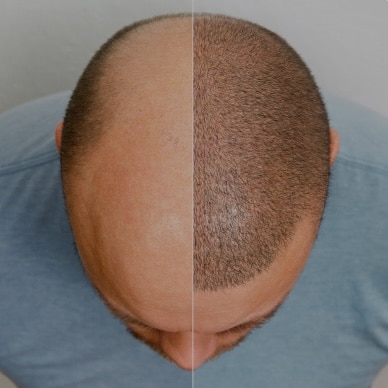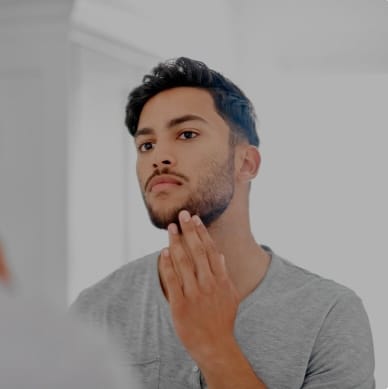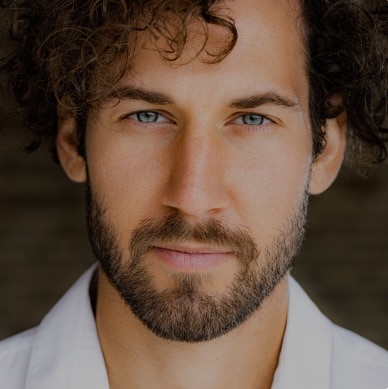
Most people experience hair loss, with the average healthy individual losing up to 100 strands daily. However, if you experience more severe hair loss without it growing back or you have a receding hairline, it can start to impact your self-confidence.
If you are a viable candidate for hair transplantation, this can effectively increase your hair growth. During a transplant, a medical professional will plant donor hair into your head. But where does this hair come from, and how does the process work?
Where Does Hair Transplant Hair Come From?
You may believe that the hair used for hair transplants comes from other people, but that’s not usually the case. In reality, using hair from someone else’s body will likely cause your immune system to reject the transplant.
The most effective hair transplants occur when you donate your own hair. Experts will harvest hair from other areas of your body and transplant it to the donor area. Since it’s your hair, your body likely won’t reject it, and the color match may be better. With 80% of men losing some hair by age 70, knowing where to find good hair matches on your body can be helpful.
Here are some common areas where donor hair is extracted for your minimally invasive transplant:
- Head: In many cases, your head offers several hairs that can be donated. For example, if you lose hair in the front but have large amounts on the back of your head, the hair can be relocated to the area where it’s sparse. This source of donor hair is the most commonly used.
- Beard: If your head doesn’t have enough hair for a transplant, your beard might be a suitable alternative. Because it’s strong and often changes color and texture to match the hair on your head, beard hair is an ideal donor candidate.
- Legs: Leg hair often looks like hair on people’s heads when grown out. While extracting hair from the legs can be challenging, they provide a softer look than coarse hair from your beard.
- Underarms: You might not think of your underarms as a suitable place to harvest hair for transplants, but it can be an effective donor location. Depending on your hair’s texture, it might be a good match for a hair transplant on your head. If it’s not texturally the same as hair on the top of your head, underarm hair might be more suitable than facial hair transplants.
How Do Hair Implants Work?
Your hair transplant process will largely depend on what procedure you choose. Hair relocations often follow these steps:
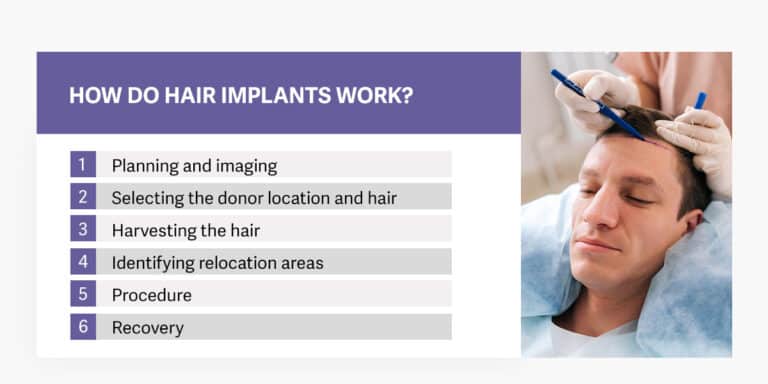
- Planning and imaging: You will start with a consultation, where you can share what you’re hoping to achieve from the transplant. Your doctor may evaluate to determine whether you are a candidate for hair relocation. They may also create images or, in advanced cases, 3D models to show you how the process works and what you can expect.
- Selecting the donor location and hair: The doctor will examine the areas mentioned above to determine which area is the best donor for your new hair. They will then identify the best hair for extraction.
- Harvesting the hair: The harvesting procedure is minimally invasive and requires no surgical incisions.
- Identifying relocation areas: Thanks to technological advancements, doctors can now use advanced robotic technology to determine the best location for a hair transplant.
- Procedure: The doctor will then transplant the hair using your agreed-upon procedure.
- Recovery: After your new hair has been transplanted, your doctor will give you guidelines for recovery.
Are Hair Transplants Safe?
Because hair transplants are minimally invasive, performed under local anesthesia and done as an outpatient treatment, they’re often very safe procedures. Of course, you need to ensure that you select a qualified professional to perform the treatment if you want to increase your chance of successful results.
What Are Common Types of Hair Transplants?
You have different options for hair transplants, allowing you to select the option that best aligns with your needs. Your doctor will also assess your situation and recommend the most suitable solution. Here are three of the main types of hair transplants.
1. Follicular Unit Extraction (FUE)
FUE procedures are popular transplants as they have a lower chance of scarring. During this procedure, a doctor takes individual hair follicles from the donor area and moves them to the transplant area. Because these procedures are minimally invasive, you can go home after treatment. This therapy usually takes place over multiple days, with a few hours a day spent on the transplant.
The steps your doctor will perform during an FUE are:
- Shaving the donor and transplant areas.
- Removing follicles from the donor area with a micro-punch tool.
- Making small incisions in the transplant area.
- Inserting the follicles into the incisions.
- Cleaning and bandaging the area for recovery.
2. Follicular Unit Transplant (FUT)
FUT procedures involve removing a long piece of tissue from the scalp. The doctor removes individual follicular units from the strip. The procedure produces natural-looking results and offers a manageable recovery time. It is most beneficial for those looking to achieve high graft numbers within a single session. However, after the wound closes, there is often a fine linear scar.
FUT does not require you to shave and the surgery time is often quicker than FUE treatments. Additionally, this treatment has no risk of overharvesting and can be cheaper than FUE procedures in many cases. FUT harvested grafts are also less likely to experience hair loss. However, patients will need anesthesia to numb the scalp and staples or stitches to close the donor incision area.
3. Robotic Hair Transplantation
Robotic hair transplants are a newer treatment method that uses the latest technology and artificial intelligence to perform FUE transplants with extreme precision. For example, ARTAS® robotic hair transplant technology has multiple advantages, such as:
- Minimally invasive procedures.
- AI technology for natural-looking results.
- No linear scars.
- Determining the best donor area grafts.
- Identifying the best location for implantation.
Contact the Berman Skin Institute for Expert Hair Treatment

If you’re ready to take the next step in your hair transplant journey, contact us for expert assistance. Dr. Kourosh Kojouri is a board-certified surgeon with the experience and knowledge needed to perform your procedure with specialist care.
We use ARTAS® technology to ensure that you have access to the latest technology and a customized treatment plan based on your needs. Our team prioritizes research and development to ensure that you and your hair get the expert treatment you deserve. Our leading hair restoration is constantly being updated, allowing you to benefit from advances in the field.
Schedule a virtual consultation or an appointment to discuss your options and learn how we can help.
About Dr. Kourosh Kojouri
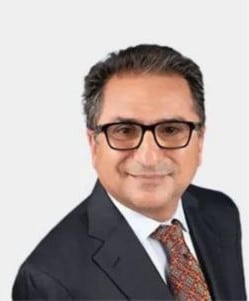
Dr. Kourosh Kojouri is a board-certified general surgeon and organ transplant specialist with extensive experience in major surgical procedures. He has brought his surgical expertise to the field of hair transplantation, specializing in advanced techniques and technology to restore natural hairlines with minimal scarring. Dr. Kojouri completed his residency in General Surgery at the University of Illinois in Chicago, followed by fellowship training in transplantation surgery at Rush Presbyterian St. Lukes Medical Center. He is dedicated to providing personalized care and achieving the best possible results for his patients. This content has been medically reviewed to ensure accuracy and reliability.

